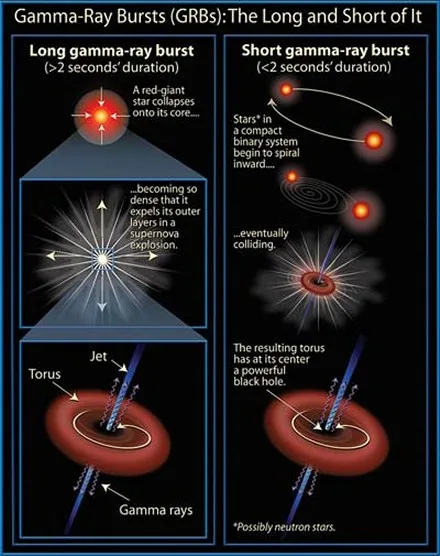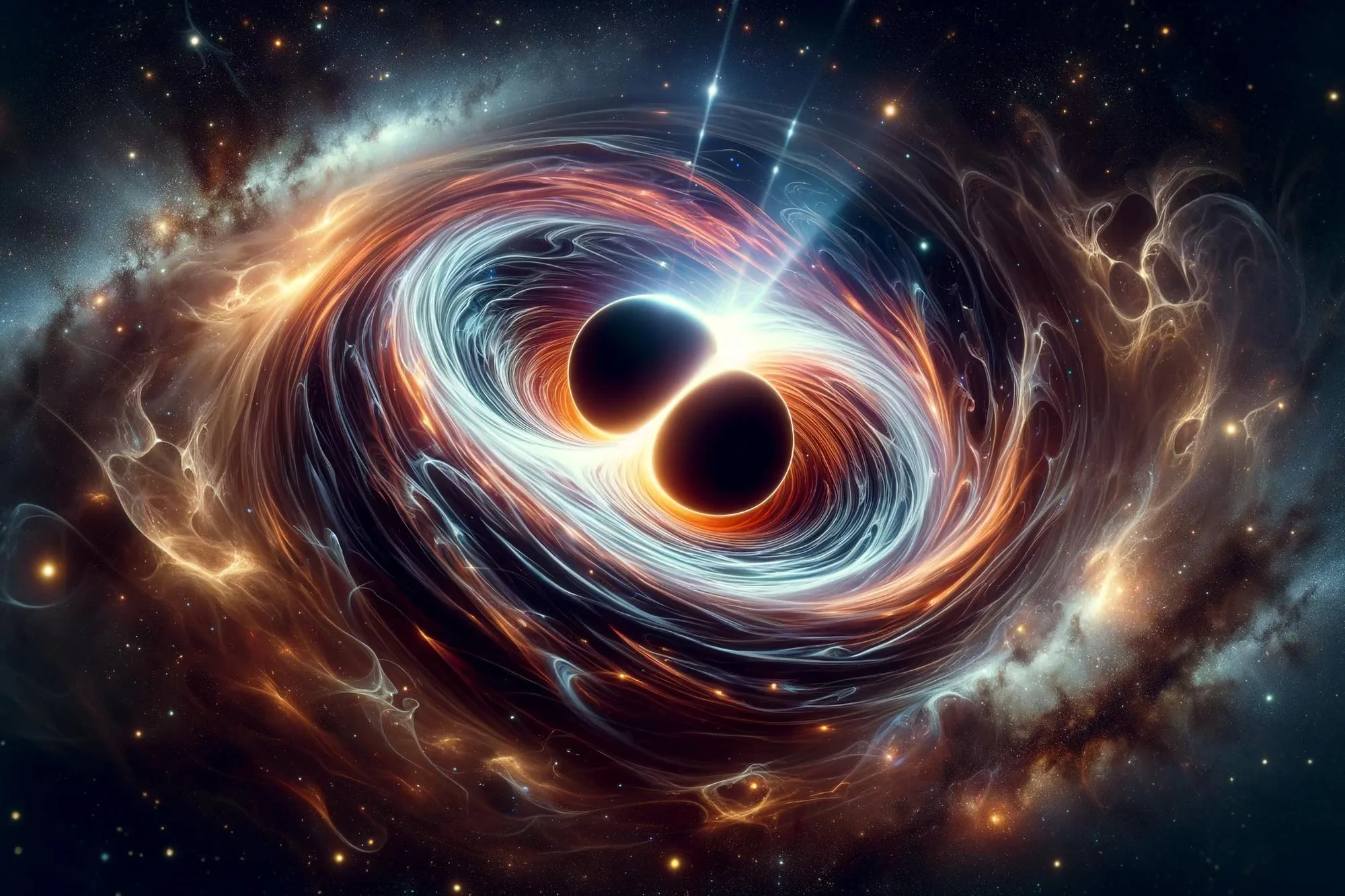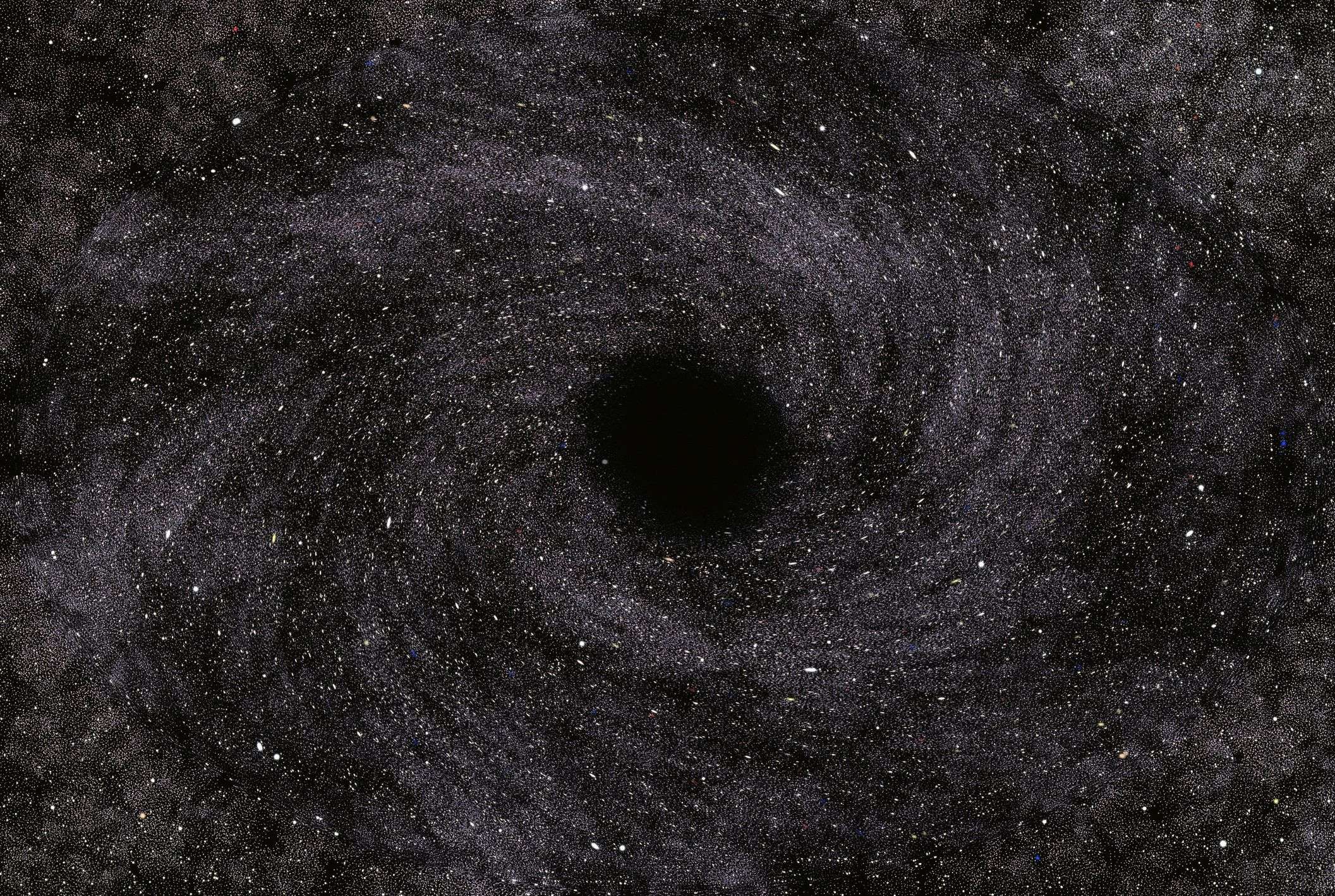-
Table of Contents
What are the main causes of black holes?
Black holes are one of the most fascinating and mysterious objects in the universe. They are regions in space where gravity is so strong that nothing, not even light, can escape. While black holes have been studied extensively, their origins still remain a subject of intense research and speculation. In this article, we will explore the main causes of black holes, shedding light on the processes that lead to their formation.
1. Stellar Black Holes
Stellar black holes are the most common type of black holes in the universe. They are formed from the remnants of massive stars that have exhausted their nuclear fuel and undergone a supernova explosion. The collapse of the star’s core under its own gravity leads to the formation of a black hole.
During the life cycle of a massive star, nuclear fusion in its core produces energy that counteracts the inward pull of gravity. However, when the star runs out of fuel, this balance is disrupted, and gravity takes over. The core collapses under its own weight, causing a massive explosion known as a supernova. If the core’s mass is above a certain threshold, it will continue collapsing beyond the point of a neutron star, resulting in the formation of a black hole.
For example, the black hole known as Cygnus X-1, discovered in 1964, is estimated to have a mass about 15 times that of our Sun. It is believed to have formed from a massive star that underwent a supernova explosion.
2. Supermassive Black Holes
Supermassive black holes, as the name suggests, are much larger than stellar black holes. They have masses ranging from millions to billions of times that of our Sun. The exact process of their formation is still not fully understood, but there are several theories that attempt to explain their origins.
2.1. Accretion of Matter
One theory suggests that supermassive black holes form from the accretion of matter. In regions of space where there is a high concentration of gas and dust, such as the centers of galaxies, matter can accumulate and form a dense cloud. As this cloud collapses under its own gravity, it can give rise to the formation of a supermassive black hole.
Observations have shown that many galaxies have supermassive black holes at their centers. For example, the Milky Way galaxy is believed to harbor a supermassive black hole called Sagittarius A*, with a mass of about 4 million times that of our Sun. The presence of such massive black holes in the centers of galaxies supports the idea that they form through the accretion of matter.
2.2. Galactic Mergers
Another theory proposes that supermassive black holes form through galactic mergers. When two galaxies collide, their central black holes can also merge, resulting in the formation of a larger black hole. This process can explain the existence of supermassive black holes in galaxies that have undergone recent mergers.
For instance, the galaxy NGC 6240 is currently undergoing a merger with another galaxy. Observations have revealed the presence of two supermassive black holes at its center, suggesting that they will eventually merge into a single, more massive black hole.
3. Primordial Black Holes
Primordial black holes are a hypothetical type of black hole that is believed to have formed shortly after the Big Bang. Unlike stellar and supermassive black holes, which form from the collapse of massive objects, primordial black holes are thought to have originated from the extreme density fluctuations in the early universe.
According to the theory of cosmic inflation, the universe underwent a rapid expansion in its early stages. This expansion caused quantum fluctuations to be stretched across large distances, leading to the formation of regions with slightly higher or lower densities. If a region had a high enough density, it could have collapsed under its own gravity to form a primordial black hole.
While there is currently no direct observational evidence for the existence of primordial black holes, they are an intriguing possibility that could help explain certain astrophysical phenomena, such as the origin of dark matter.
Conclusion
Black holes are fascinating objects that continue to captivate the imagination of scientists and the general public alike. While their origins are still not fully understood, significant progress has been made in unraveling the main causes of black holes.
Stellar black holes form from the remnants of massive stars that undergo a supernova explosion. Supermassive black holes, on the other hand, are believed to form through the accretion of matter or galactic mergers. Finally, primordial black holes are hypothetical objects that could have formed shortly after the Big Bang.
By studying black holes and their formation processes, scientists hope to gain a deeper understanding of the fundamental laws of physics and the nature of the universe itself.
FAQs
-
What are the main causes of a black hole?
- Black holes form when massive stars collapse under their own gravity at the end of their life cycles, typically after a supernova explosion.
-
Can smaller stars cause black holes?
- No, smaller stars like our Sun do not have enough mass to form black holes. Instead, they become white dwarfs or neutron stars.
-
What role do supernovas play in black hole formation?
- Supernovas are critical as they represent the explosive death of massive stars, leading to the collapse of the star’s core, which can result in a black hole.
-
Can black holes form without a star explosion?
- Yes, black holes can also form from the merging of neutron stars or through the collapse of massive clouds of gas in the early universe.
-
Are all black holes the same size?
- No, black holes vary in size. Stellar black holes are formed from stars, while supermassive black holes are found at the centers of galaxies and have millions to billions of solar masses.
Can the Hadron Collider Create Black Holes?
Can something exist inside a black hole?
Is Black Hole Gaia BH1 a Threat to Earth?
What are the main causes of black hole?
Would you survive if you fell into a black hole?
3I/ATLAS: Is the Interstellar Object Alien Technology?
Mystery From the Sky: The Buga Sphere Appears in Colombia
Oumuamua: The Mysterious Interstellar Visitor and the Cosmic Message in Prashyant Jha’s Song
Hz Frequency Generator- Free Online Tone Generator
Also Read- 👉
👉What is 7 Hz good for? A careful, evidence-based guide (with references)
👉Cymatics: From 2D Sand Patterns to 3D Sound Sculptures
👉 Hz Frequency Generator- Free Online Tone Generator
👉 What Frequencies Are Dangerous to Humans? Understanding Risks from Sound to Radiation
👉How to do a Cymatic Experiment
👉What is the science behind cymatics?
👉 NASA-Approved 30-Min Brain Boost
👉 What Is The Healing Power Of Sound Wave
👉 What does 528 hz do to the brain?
👉 The 7 Healing Frequencies: Unlocking the Power of Sound for Wellness
👉 The Sacred Science of Yantras: How Cymatics Validates Ancient Tantric Geometry
👉 Is 1111 a Lucky Number? A Deep Dive into Its Mystical, Numerological, and Cultural Significance
👉 Is 528 Hz Dangerous?
People Also Read
- 2030 A Doomsday According to Indian Texts or Misinterpretation?
- The Glory of Narasimha Bhagwan: An Exploration of Ancient Indian History
- Medusa and Mansa Devi: The Untold Myths Connecting Greek and Hindu Traditions
- “The Enigmatic Link Between the Bermuda Triangle and Hindu Mythology of Ramayan: Unveiling the Mystery”
- why is mt. Kailash Considered to be a Sacred Site?
- How Eastern Wisdom Can Transform Your Modern Life.
- Lord Shani and Lord Yam : God of Karma for Living and Death
- In which direction Ganesh Idol should face.
- What is the logic for existence of God?
- Who Is Mahadev Shiv ?
- How to increase love for Krishna?
- Hanuman Chalisa English Lyrics| Bhajle Ram Naam | Prashyant Jha
Free AI Tools To test yourself
- Love Percentage Checker Tool – Check For Free!
- Soulmates Initial Finder
- Hz Frequency Generator- Free Online Tone Generator
- Mental Health Check In Tool [ FREE TEST ]
- Best Free Phone Photos Download
- Image Converter (Online & Free)
Seotoolrank.com Free Ai Tools
- RankVortex – Implies pulling traffic and SEO rankings toward you.
- How do I convert a PNG file to BMP?
- ConvertEase PDF
- Website Speed Checker Tool
- SEO Word Counter with Character Count
- Free Stopwatch and Online Timer Countdown
- Age Calculator Tool
- Password Generator Tool
- Qr Code Generator Free
- AI Story Generator Tool
- Blog Title Generator Tool [FREE]




